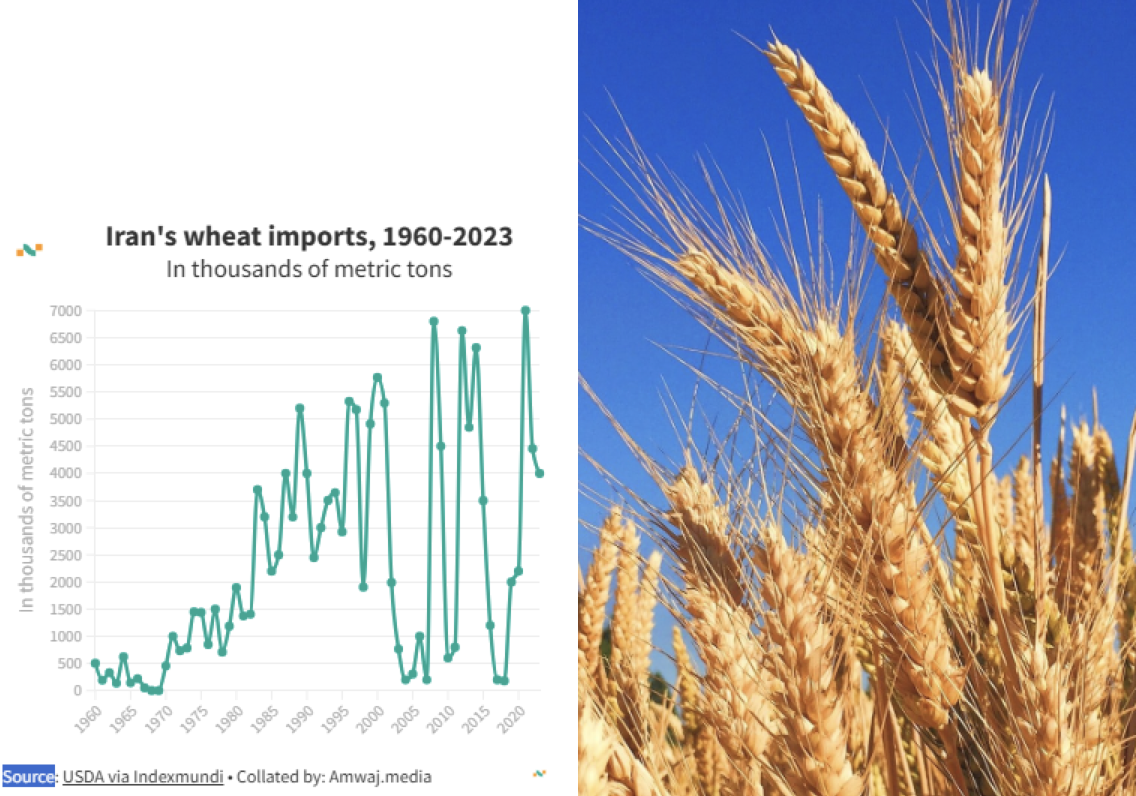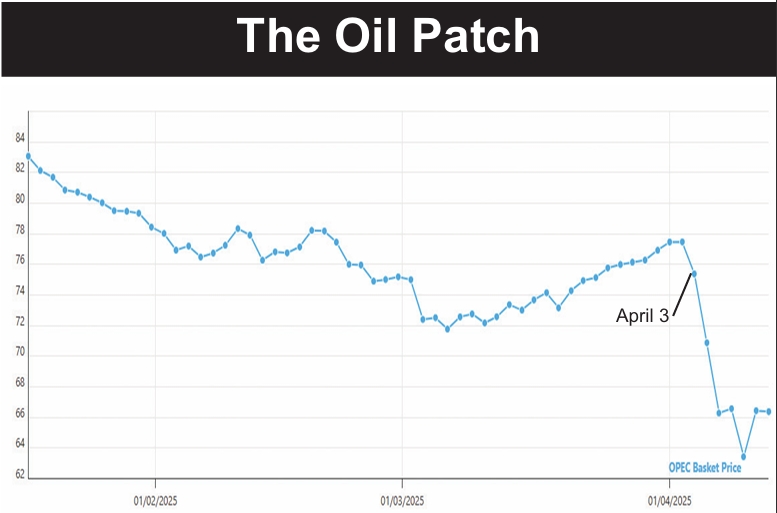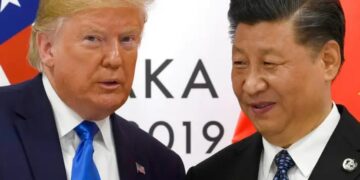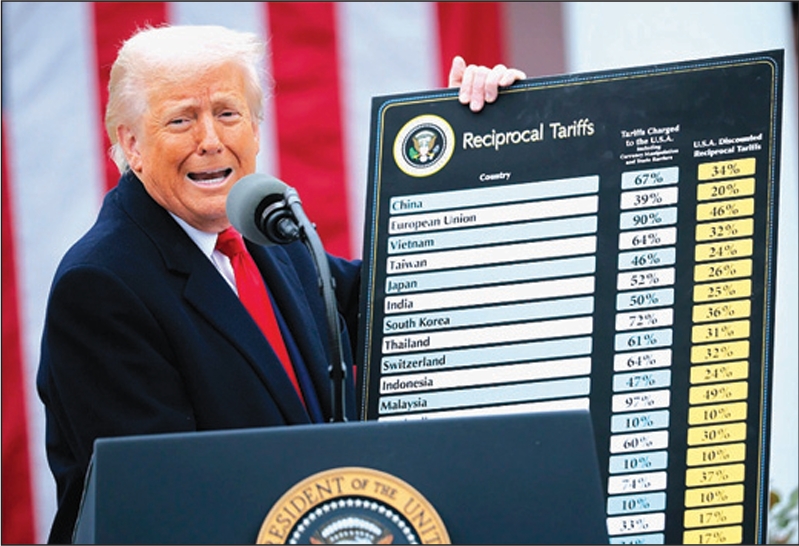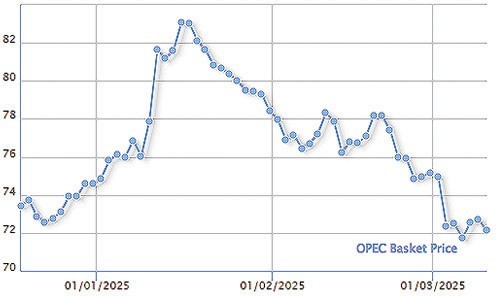In March, the second full month of the Trump Administration, China bought more oil from Iran than ever before, an embarrassment for the president who has said he will reduce Iran’s oil exports to zero.
However, the surge may have happened because of Trump’s goal, not despite it. Buyers stocked up on Iranian amid worries that further US sanctions on Tehran could tighten supplies, traders and analysts said.
It will take a few more months to see if Trump is really able to reduce China’s imports of Iranian oil. Some analysts speculate that a China furious over Trump’s tariffs on Chinese goods a minimum of 145 percent will now actively promote imports of Iranian crude; to date, the Chinese government has merely looked the other way while small refineries buy from Iran. Others speculate, however, that China will try to get Trump to lower the tariffs by offering to give up Iranian crude.
China’s oil imports from Iran surpassed 1.8 million barrels per day in March, an all-time high, according to Kpler. Meanwhile, Vortexa said inventory levels of Iranian crude in independent refining hub Shandong province rose, suggesting that Chinese buyers were trying to stock up for the future, not buying for immediate needs.
All figures on Iranian oil exports are estimates. Vortexa’s were on the high side. The Iran Times has seen estimates for March ranging from 1.30 mb/d to 1.91 million.
China buys some 90% of Iran’s oil exports, which are mostly shifted from tankers loaded in Iran to other tankers in waters off Malaysia and Singapore and rebranded as Malaysian crude. (China reports buying much more Malaysian crude than Malaysia reports exporting.)
Vortexa senior analyst Emma Li and a China-based refining source attributed the rush to buy Iranian barrels to worries among traders and refiners of further supply disruptions.
Overall onshore inventories in Shandong province rose by 22 million barrels in March from February, an amount matching the increased Iranian arrivals, according to Vortexa.
Li expects China’s Iranian oil imports to drop in April as overall demand has not picked up, which would stabilize the year-to-date average in the 1.3 1.4 million bpd range, in line with last year.
The Trump Administration has declared war on Iranian oil exports but seems confused over what it can accomplish. Trump signed an executive order in January setting a goal of cutting Iran’s oil exports to zero. But Treasury Secretary Scott Bessent said in February that his goal was to lower Iran’s oil exports to 100,000 barrels a day, which he said was where they were in Trump’s first term. But no estimates had Iran’s oil exports that low, even for one month.
In April, Energy Secretary Chris Wright said the goal was zero, which he called “doable” because “trump actually did it in his first term. “We can stop Iran’s export of oil,” he declared.
The Trump Administration has so far announced six batches of new sanctions on individuals, firms and tankers, most of which are not Iranian but involved in helping move Iranian oil to China. The sanctions announced in early April, for example, hit an Indian national and five business firms he owns.
It isn’t clear that these sanctions will have much impact. The people and firms involved in the Iranian oil trade generally avoid doing any business with the United States or US firms—and sanctions just punish people and businesses by denying them access to the US financial sector.
The Trump Administration actions on Iranian oil so far do not look much different from the Biden Administration’s actions. News stories said Trump was mulling over an idea to stop tankers carrying Iranian oil. But three months into his term he has done no such thing.











